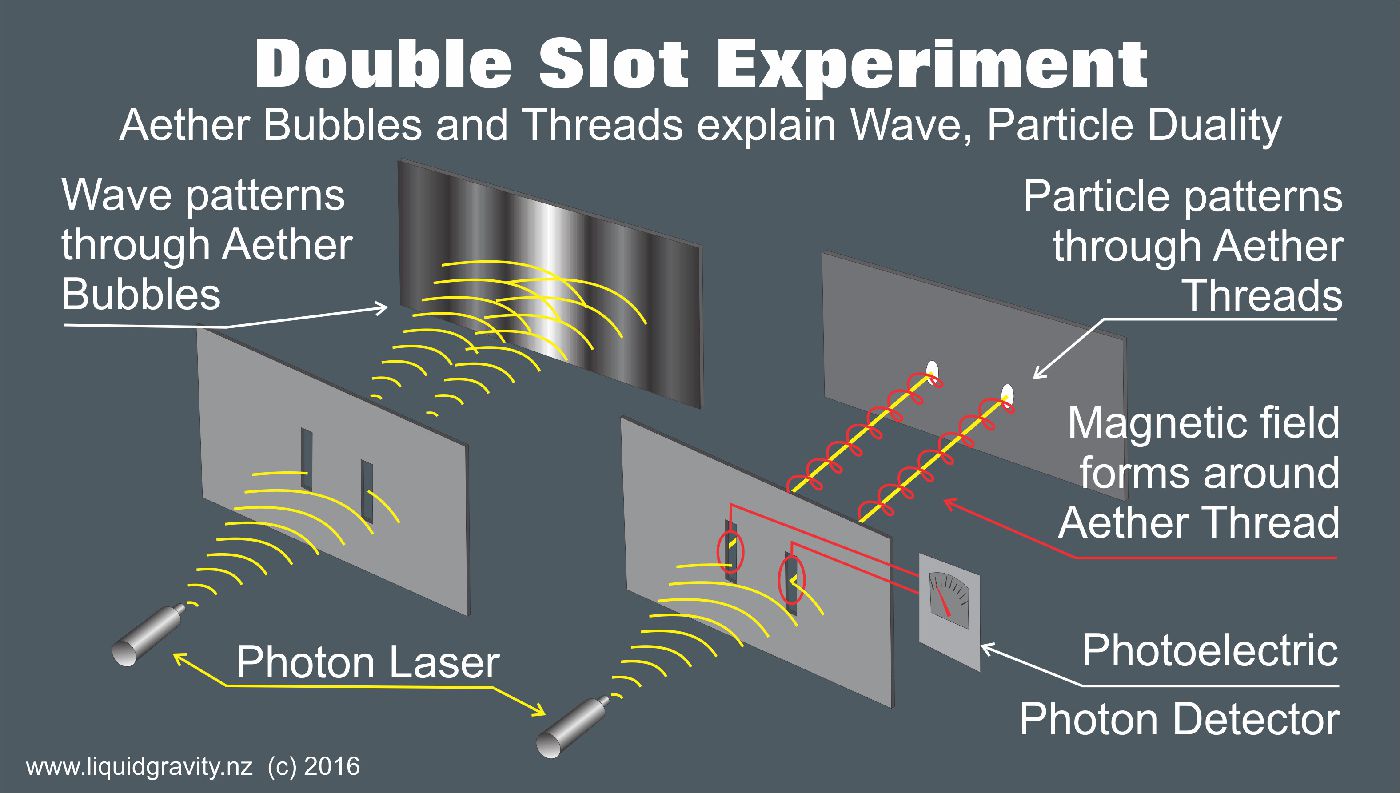Let’s start by discussing “size”. Fermionic particles, for example, quarks, neutrinos, electrons - we aren’t really sure what their sizes are. However, we can know their Compton wavelengths, though. This is the wavelength of a photon with the exact same energy as when the fermionic particle is at rest.
Higher Energy ~ Smaller
One thing about photons we know for certain is that the shorter they are, the more energy they contain. And the longer they are, the less energy contained.
E=hcλ" role="presentation" style="display: inline; line-height: normal; word-spacing: normal; word-wrap: normal; white-space: nowrap; float: none; direction: ltr; max-width: none; max-height: none; min-width: 0px; min-height: 0px; border: 0px; padding: 0px; margin: 0px; position: relative;">E=hcλE=hcλ
λ=wavelength" role="presentation" style="display: inline; line-height: normal; word-spacing: normal; word-wrap: normal; white-space: nowrap; float: none; direction: ltr; max-width: none; max-height: none; min-width: 0px; min-height: 0px; border: 0px; padding: 0px; margin: 0px; position: relative;">λ=wavelengthλ=wavelength
c=" role="presentation" style="display: inline; line-height: normal; word-spacing: normal; word-wrap: normal; white-space: nowrap; float: none; direction: ltr; max-width: none; max-height: none; min-width: 0px; min-height: 0px; border: 0px; padding: 0px; margin: 0px; position: relative;">c=c=speed of light in a vacuuum
h=" role="presentation" style="display: inline; line-height: normal; word-spacing: normal; word-wrap: normal; white-space: nowrap; float: none; direction: ltr; max-width: none; max-height: none; min-width: 0px; min-height: 0px; border: 0px; padding: 0px; margin: 0px; position: relative;">h=h=Planck Constant
Based on this, we can make an educated guess on which particles are larger and smaller.
Photons can be any size that is greater than around 6 Planck lengths. So, technically, they take the prize on both ends.


 Please note that I already qualified it as speculative.
Please note that I already qualified it as speculative.